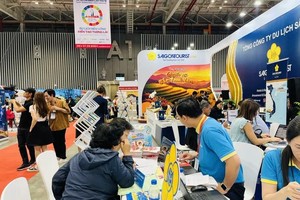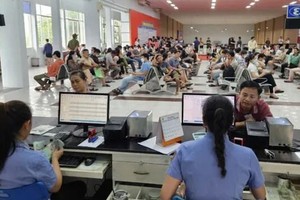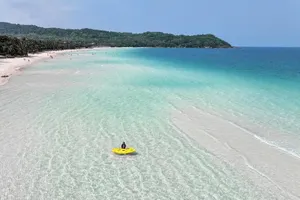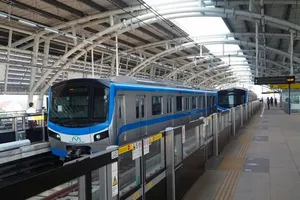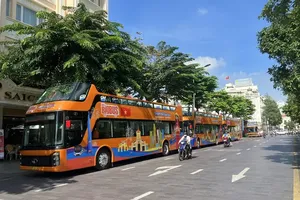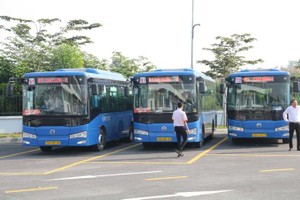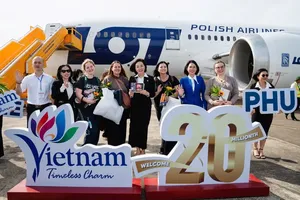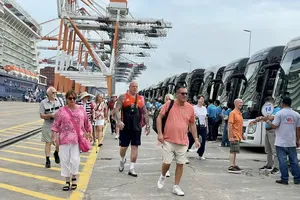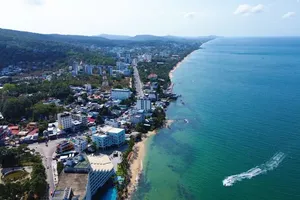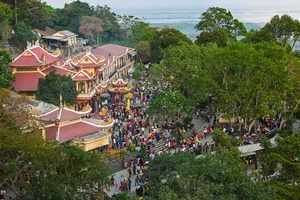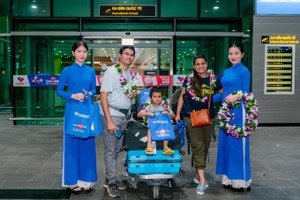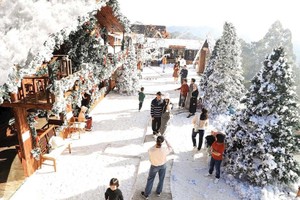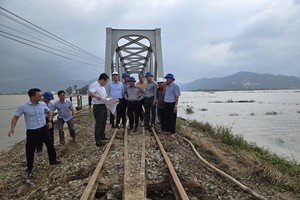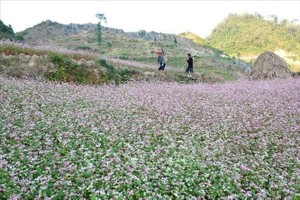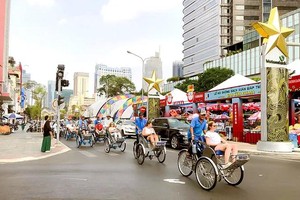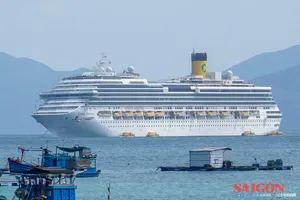 A corner of Quy Nhon sea
A corner of Quy Nhon sea
In the first quarter of 2022, nearly 91,000 international visitors arrived in Vietnam, up 89.1 percent over the same period last year. Domestic tourism is even more exciting after the economic recovery opening in October 2021, especially on the occasion of the Lunar New Year.
Particularly in February 2022, the number of domestic tourists increased by 380 percent; an explosion in visitor numbers and service revenue is promising on the holidays of April 30, May 1, as well as the upcoming summer vacation...
Tourism in the Mekong Delta is also accelerating recovery and developing fast after the Covid-19 pandemic. In that context, the fourth Congress of the Mekong Delta Tourism Association, term 2022-2027 has ended successfully. This is the only professional social organization specialized in tourism at the current regional level in the whole country.
Over the years, there have been many practical activities to strengthen regional linkages, promote tourism, promote the development of tourism space, regional tourism products and human resources, contributing to the average growth of the number of tourists about 12 percent a year.
However, after two consecutive years of the coronavirus pandemic, tourism is the most seriously affected industry. Currently, tourism in the Mekong Delta is expected to become the first sector for recovering the country’s economic development.
Tourism is called an industry because it not only entertains the public but gives employment to a large number of people. Tourism is one of the biggest industries in which a large number of people are working together. Transportation, dining and entertainment have been integral parts of the tourism industry.
Therefore, a holistic approach is needed for developing the tourism industry with a close and comprehensive connection of many industries, fields, localities, and units.
Therefore, when selected as a breakthrough for economic recovery and development, tourism will have a more attractive and diffuse impact.
At the moment of restructuring, and reshaping the way of development, the industry leaders and the government must take human resources into account to mobilize and operate development scenarios after the Covid-19 pandemic.
Along with the mobilization and allocation of resources, it is necessary to clearly define what is the key task, which agency is responsible for each task, and the deadline for completion to ensure feasibility and efficiency.
In addition, it is necessary to well implement groups of solutions to restore and grow tourism in safety; for instance, strengthening linkages and supporting tourism businesses to overcome difficulties and attracting investors to pour money into the sector.
Technological innovation, including digital transformation technology for the tourism industry in the new growth period, is needed in addition to favorable conditions for employees to best access support policies and participate in vocational training and tourists’ safety at tourist destinations.
Governments necessarily mobilize the participation of owners of tourist areas to develop smart tourism ecosystems, in line with the trend of the fourth industrial revolution associated with safe tourism criteria. Priority is given to the implementation of digitalized data on tour guides, travel businesses, and accommodation establishments, a connection of management agencies, development of applications on mobile devices to provide tourists at key tourist sites, including information about destinations, and tourism products and services.
It can be said that the opening and restoration of this general economic sector is an important part of the overall economic recovery activities of the country, regions and localities.
The success of the pilot plan to welcome international visitors paved the way for the revitalization of the country's smokeless industry. Therefore, the government should have proper ways to revive the industry in addition to consensus of people from all walks of life.
